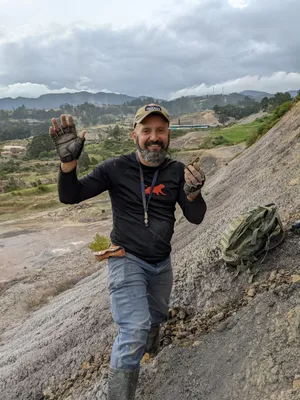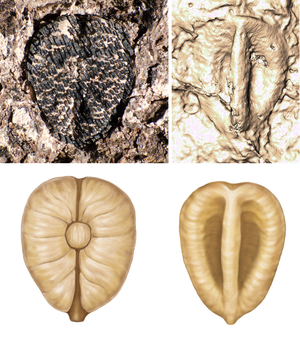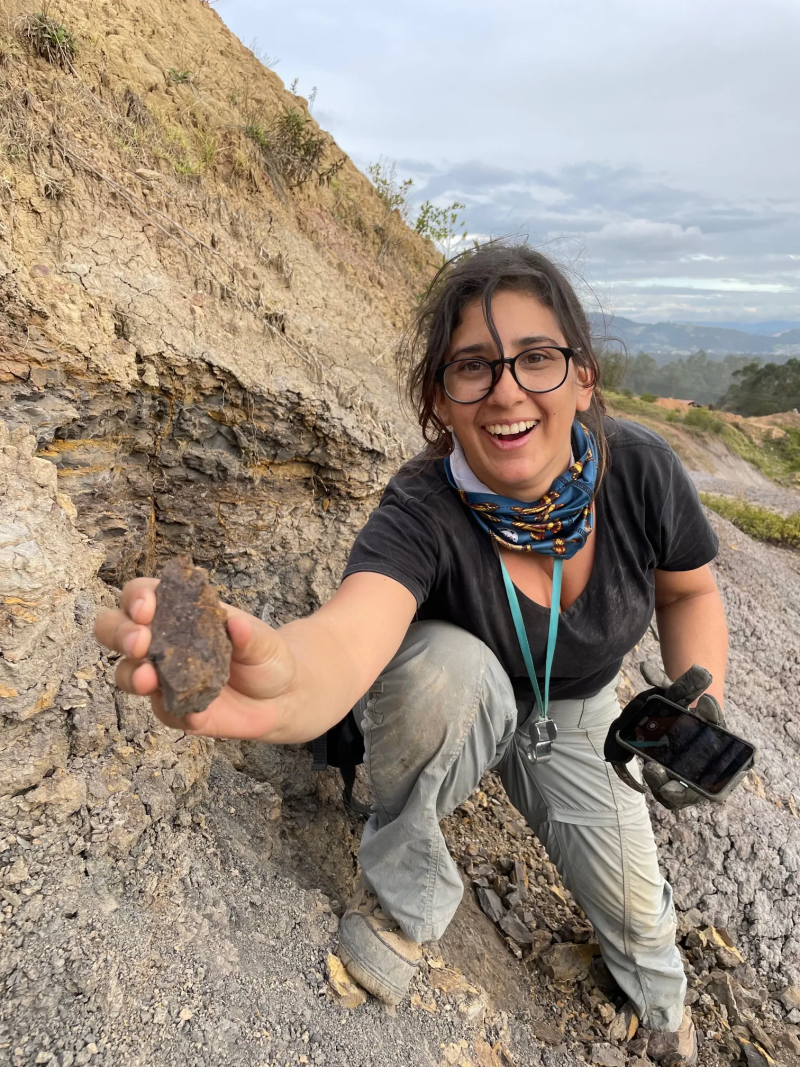The dinosaurs died. And then came one of humanity's favorite fruits.
Scientists can now point to when and where the world's first grape came into being, paving the way for thousands of years of evolution, domestication by humans and of course, wine.
Researchers on Monday announced that the "grandmother" grape of all grapes originated in what is now Latin America, and as a result of the dinosaurs' extinction about 66 million years ago.
“The history of the common grape has long, long roots, going back to right after the extinction of the dinosaurs,” Fabiany Herrera, the study's lead author, told USA TODAY. "It was only after the extinction of the dinosaurs that grapes started taking over the world."
The extinction of dinosaurs allowed trees to grow taller and develop closed canopies, according to the study published Monday in the journal Nature Plants. This change "profoundly altered" plant evolution, especially flowering plants which produce fruit, the study says, and led to new plant-insect interactions.
“Large animals, such as dinosaurs, are known to alter their surrounding ecosystems. We think that if there were large dinosaurs roaming through the forest, they were likely knocking down trees, effectively maintaining forests more open than they are today,” said Mónica Carvalho, a co-author of the paper and assistant curator at the University of Michigan’s Museum of Paleontology.

The new finding also confirms past hypotheses that common grapes came from the Western Hemisphere, and were later cultivated in Italy, Herrera said. Similar examples that loom large in human culinary history include tomatoes, chocolate and corn, which Herrera said all came from the Americas but were cultivated elsewhere, including Europe.
"Fossils help us figure out those mysteries," he said.
We've known that grapes were first domesticated by humans only several thousand years ago, Herrera said, but now, we know the fruit has a much longer evolutionary history.

Herrera and other scientists searched for grape fossils for the past 20 years in Colombia, Peru and Panama, he said. Interestingly, the grapes found in the fossil record in those places no longer grow there, and instead they're now found in Africa and Asia, he said.
"That tells us that the evolution of the rainforest is more complicated than we ever imagined," Herrera said.

In thick forests of Latin American countries, Herrera's group was specifically looking for grape seeds, which are extremely challenging to find because of their small size, he said. The designs created by grape seeds in fossil records look like a face, Herrera said, with two big eyes and a little nose in the middle, and the unique shape helped the team know what to look for.
"People tend to look for the big things, the big leaf, the big piece of fossil wood, fossilized tree, things that call the attention really quickly," he said. "But there is also a tiny wall of plants preserved in the fossil record, and that's one of the things that I'm just fascinated by."

What did the first grape look like?
Scientists have not figured out how to reconstruct the color of the first grapes, so we don't know if they were purple and green, Herrera said. But the oldest grape's shape and biological form was "very similar" to today, he said.
“The ones we see in the fossil record are not drastically different from the ones today, that's how we were able to identify them," Herrera said.
The grape seeds specifically are the fruit's most unique feature, Herrera said, because of the face-like depressions they make in the thin wall of fossil records. It's just finding the tiny seeds that's the challenge.
"I love to find really small things because they are also very useful, and grape seeds are one of those things," Herrera said.
Disclaimer: The copyright of this article belongs to the original author. Reposting this article is solely for the purpose of information dissemination and does not constitute any investment advice. If there is any infringement, please contact us immediately. We will make corrections or deletions as necessary. Thank you.




